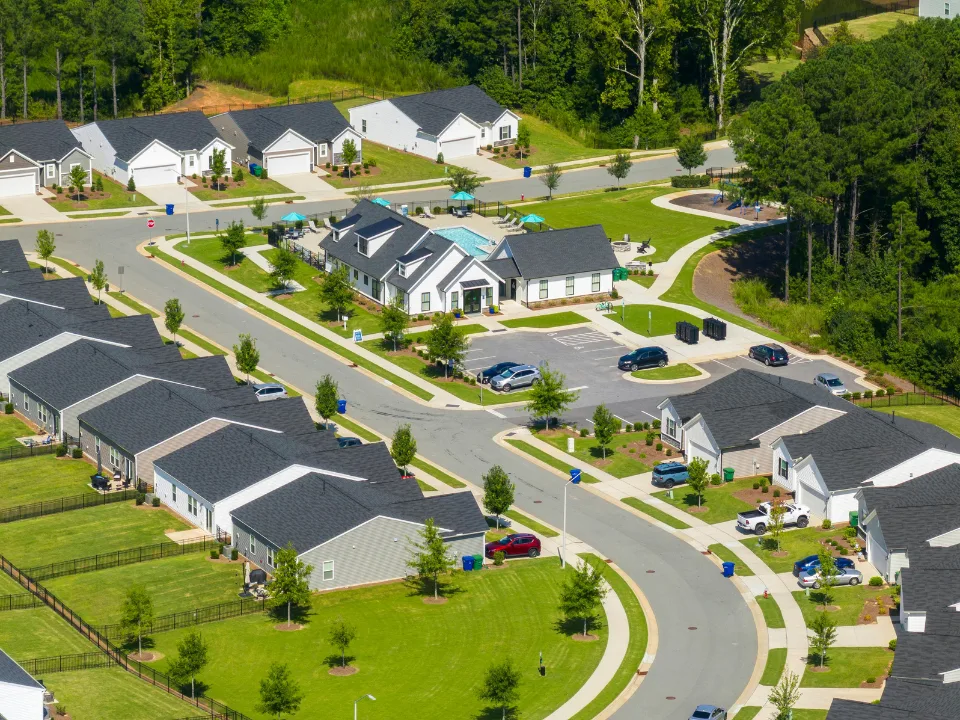- National average cap rates offer only a broad view; true investment insight lies in detailed, market-specific data.
- Apartment cap rates range widely—from 4.7% in prime Class A markets to over 7.2% in Class C tertiary areas—demonstrating the importance of asset type and location.
- Cap rate ranges also vary across other sectors, with hotels and industrial properties showing particularly wide spreads due to quality and demand variations.
Averages Can Be Misleading
This week, John Chang, chief intelligence and analytics officer at Marcus & Millichap, shifted focus from big-picture forecasting to a more granular analysis of cap rate data, urging real estate investors to “use a shovel and a rake” to uncover deeper insights. While average cap rates serve as a benchmark, they obscure the variations that can reveal genuine investment value, per GlobeSt.
The Apartment Example
Chang cited US apartment cap rates as a key case in point. While the national average hovers around 6%, breaking it down by market type and asset class tells a different story. Cap rates are closer to 5.7% in primary markets and reach 6.6% in tertiary markets. For Class A properties, the average is about 5.8%, whereas Class C units in smaller metros can exceed 7.2%.
Get Smarter about what matters in CRE
Stay ahead of trends in commercial real estate with CRE Daily – the free newsletter delivering everything you need to start your day in just 5-minutes
Timing Matters
Cap rate compression has followed distinct waves. Capital flowed into secondary markets in 2019, pushing rates down. Tertiary market compression followed in 2020, with primary markets trailing in 2021. This movement reflects differing investor appetites and risk tolerances depending on market cycle timing.
Broader Implications Across Asset Types
Other sectors show similarly wide variations:
- Office: Average 7.9%, with a 6.1%–9% range
- Multi-Tenant Retail: Median 7.4%, with a 5.9%–8.5% spread
- Industrial: Average 6.9%, ranging from 5% to 8.1%
- Hotels: Broadest range—6% to 11%, averaging 8.6%
These disparities in cap rates underscore how asset class, location, and property quality shape return expectations.
The Bottom Line
According to Chang, investors who stop at national averages may miss opportunities. “It’s a useful piece of information for monitoring general trends, but it most certainly is not the end of the road,” he said. Local market dynamics, capital flow, and property-level specifics are what ultimately drive investment performance.
Why It Matters Now
As the CRE market continues to navigate post-pandemic demand shifts and macroeconomic uncertainty, precision matters. With capital more cautious and deal flow selective, granular cap rate analysis may be the key differentiator between good investments and great ones.



















